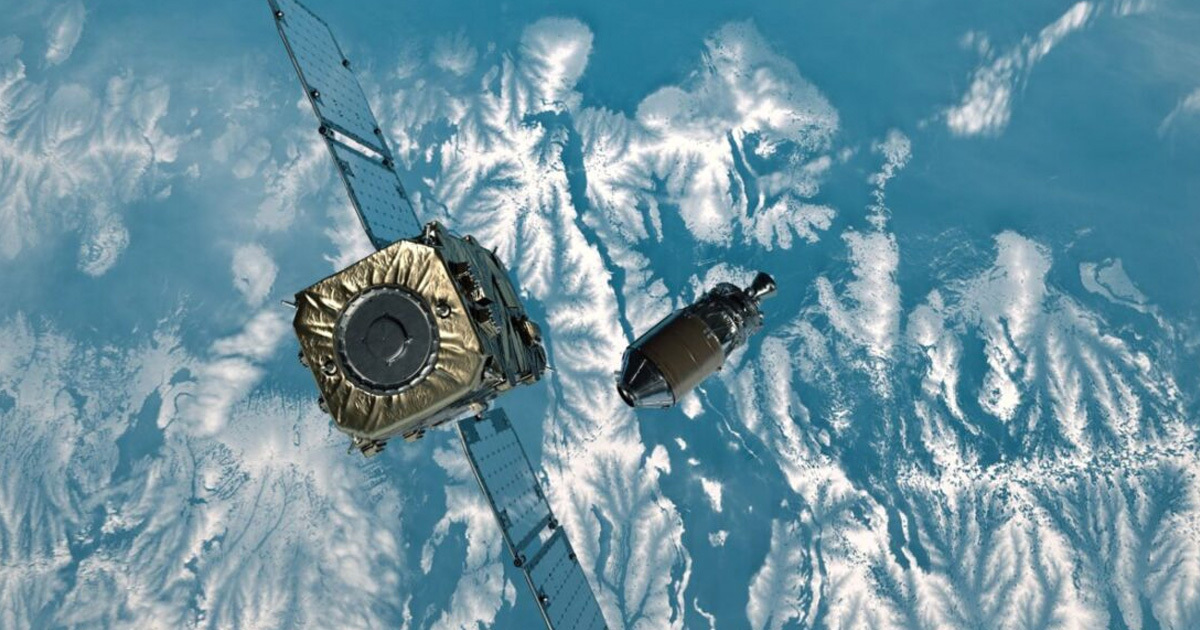Spaced Out
A Japanese spacecraft has rendezvoused with a three-ton piece of rocket debris in a high-stakes flight, the BBC reports, in an effort to explore whether it’s possible to remove the increasing amounts of space junk floating around our planet.
A satellite developed by Astroscale Japan Inc. tracked down the 15-year-old rocket segment and took a picture of the floating 36-by-15 foot hunk of space debris, according to the BBC.
The Astroscale satellite was launched in February this year and had been closing in on the rocket debris by using onboard cameras and precise calculations so that it could make this delicate maneuver and not jostle the derelict rocket, which is slowly spinning as it orbits the Earth.
The purpose of this particular mission is to take pictures of the rocket debris, make detailed notes about its condition, and test the satellite’s capability to get near it. Future operations will entail Astroscale launching another satellite with robotic arms to bring this space junk under control and safely “derobit” it, according to a statement from the company.
Big Hazards
The floating space debris in question came from a Japanese rocket that launched an environmental sensing satellite in 2009, the BBC reports.
One broken-down satellite isn’t a big deal, but space debris writ large is becoming an increasingly big problem for private companies and governments because today’s civilization relies so much on orbiting satellites for advanced communications and other important tasks. And yet, according to NASA, there are tens of thousands of pieces of space junk larger than 10 centimeters already floating around Earth — as well as a terrifying 500,000 pieces between one to 10 centimeters in diameter.
All together, as of 2022, the space agency calculated that there are more than 9,000 metric tons of space debris floating around our planet. It’s a trash heap up there.
The obvious issue with all this space junk is that collisions may happen, potentially disrupting communications down on our planet or even the safety of astronauts up above it.
A particularly epic collision could even trigger a chain reaction known as Kessler Syndrome, where many satellites get damaged and make large parts of the sky unpassable for future space missions and satellite communications.
Needless to say, that would be really bad — so we can see why Astroscale is hard at work on a solution.
More on space junk: Startup Building Huge Laser to Shoot Down Space Junk From the Ground
